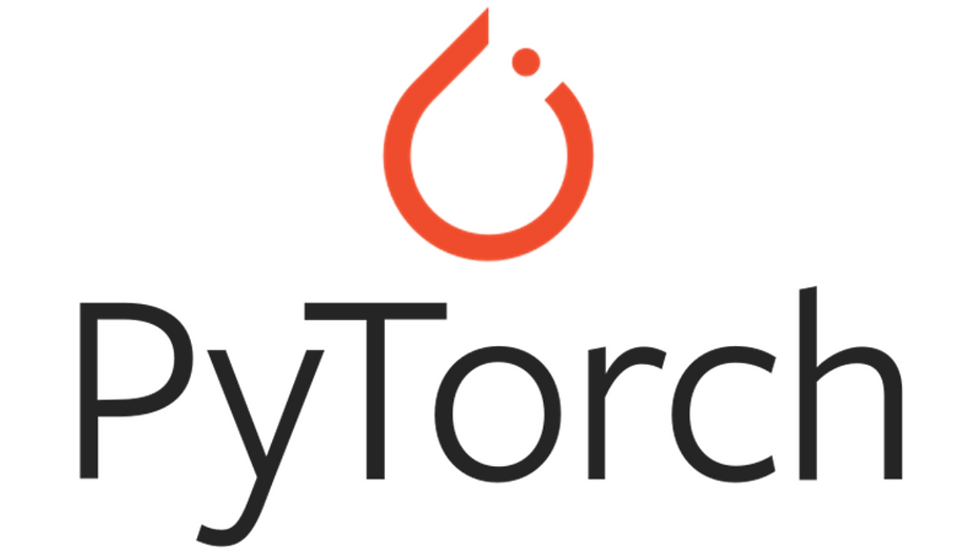Introduction to Neural Networks
Neural networks are a type of machine learning model that is inspired by the structure and function of the human brain. A neural network is made up of layers of interconnected nodes, or neurons, which process information and learn from data. Neural networks are commonly used for tasks such as image recognition, natural language processing, and speech recognition.
Neural networks can be divided into several types, including feedforward neural networks, recurrent neural networks, and convolutional neural networks. In this article, we will focus on feedforward neural networks.

Building Neural Networks in PyTorch
PyTorch provides a simple and flexible Python API for building and training neural networks. Here is an example of how to build a simple feedforward neural network in PyTorch:
import torch
import torch.nn as nn
class NeuralNet(nn.Module):
def __init__(self):
super(NeuralNet, self).__init__()
self.fc1 = nn.Linear(784, 128)
self.fc2 = nn.Linear(128, 10)
self.relu = nn.ReLU()
def forward(self, x):
x = self.fc1(x)
x = self.relu(x)
x = self.fc2(x)
return x
model = NeuralNet()
In the above example, we define a simple neural network with two fully connected layers and a ReLU activation function. The first layer has 784 input nodes and 128 output nodes, while the second layer has 128 input nodes and 10 output nodes. We define the forward method, which specifies the computation to be performed in the forward pass of the network.
Training Neural Networks
Once we have defined our neural network, we can train it on a dataset using PyTorch's automatic differentiation and optimization capabilities. Here is an example of how to train our previously defined neural network on the MNIST dataset:
import torch.optim as optim
import torchvision.datasets as datasets
import torchvision.transforms as transforms
# Load the MNIST dataset
train_dataset = datasets.MNIST(root='data/', train=True, transform=transforms.ToTensor(), download=True)
train_loader = torch.utils.data.DataLoader(dataset=train_dataset, batch_size=64, shuffle=True)
# Define the loss function and optimizer
criterion = nn.CrossEntropyLoss()
optimizer = optim.SGD(model.parameters(), lr=0.1)
# Train the modelfor epoch in range(10):
for images, labels in train_loader:
# Flatten the images into a vector
images = images.view(images.shape[0], -1)
# Zero the gradients
optimizer.zero_grad()
# Compute the forward pass
outputs = model(images)
# Compute the loss
loss = criterion(outputs, labels)
# Compute the gradients
loss.backward()
# Update the parameters
optimizer.step()
print('Epoch [{}/{}], Loss: {:.4f}'.format(epoch+1, 10, loss.item()))
In the above example, we first load the MNIST dataset and define a data loader to iterate over batches of the dataset during training. We then define the loss function (cross-entropy loss) and optimizer (stochastic gradient descent) to be used during training.
We then train the model for 10 epochs by iterating over each batch in the data loader, computing the forward pass, loss, and gradients, and updating the parameters using the optimizer.
Saving and Loading Models
Once we have trained our neural network, we can save the trained parameters to disk and load them later to use the model for prediction. PyTorch provides several ways to save and load models.
Saving and Loading Model Weights
The simplest way to save a PyTorch model is to save only the trained parameters. We can do this using the torch.save function. Here is an example:
# Save the trained parameters to a file
torch.save(model.state_dict(), 'model.pth')In the above example, we save the trained parameters of our model to a file called model.pth. We can later load the saved parameters into a new model using the torch.load function. Here is an example:
# Create a new model and load the saved parameters
new_model = NeuralNet()
new_model.load_state_dict(torch.load('model.pth'))In the above example, we create a new instance of our NeuralNet class and load the saved parameters from the model.pth file into the new model using the load_state_dict method.
Saving and Loading Entire Models
In addition to saving and loading only the trained parameters, we can save and load the entire PyTorch model, including the architecture and the trained parameters. We can do this using the torch.save function as well. Here is an example:
# Save the entire model to a file
torch.save(model, 'model.pt')In the above example, we save the entire model (including the architecture and the trained parameters) to a file called model.pt. We can later load the saved model using the torch.load function. Here is an example:
# Load the saved model
new_model = torch.load('model.pt')In this example, we load the saved model from the model.pt file using the torch.load function.
Saving and Loading Across Devices
When saving and loading models, it is important to consider the device on which the model was trained and the device on which the model will be loaded. For example, if the model was trained on a GPU and we want to load the model on a CPU, we need to specify the map_location argument in the torch.load function. Here is an example:
# Save the trained parameters to a file on the GPU
torch.save(model.state_dict(), 'model.pth')
# Load the saved parameters on the CPU
new_model = NeuralNet()
new_model.load_state_dict(torch.load('model.pth', map_location=torch.device('cpu')))In this example, we save the trained parameters of our model to a file on the GPU and load the saved parameters on the CPU using the map_location argument in the torch.load function.
Conclusion
In this article, we discussed how to build neural networks in PyTorch, train neural networks, and save and load models. PyTorch provides a simple and flexible API for building and training neural networks, and several ways to save and load models. By understanding how to save and load models, we can reuse trained models for prediction and continue training from saved checkpoints.

Comments